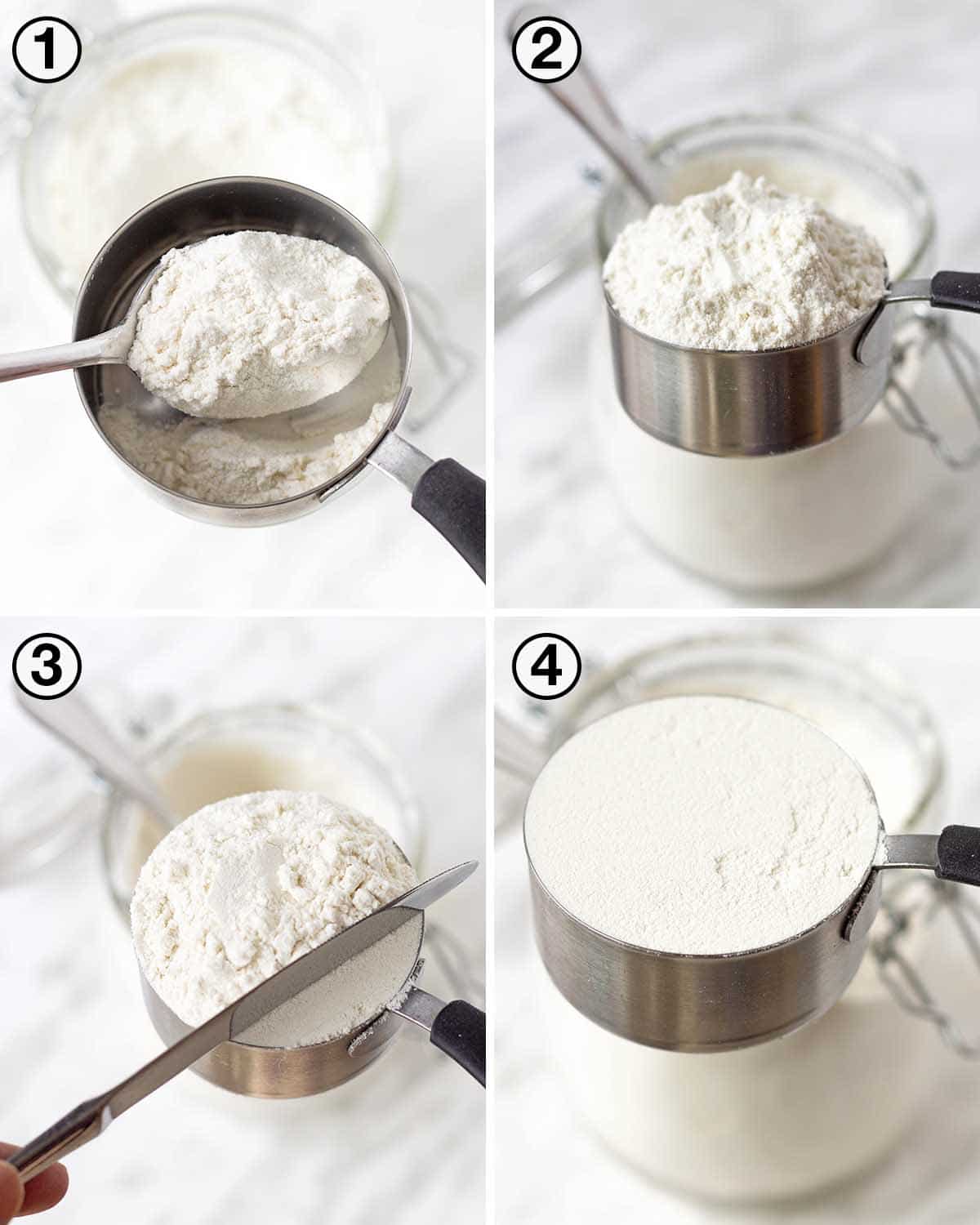Converting 300g to Cups: A Handy Guide for Flour Measurement
In the world of cooking and baking, accurate measurements are crucial for achieving consistent and delicious results. One common conversion that often arises is "300g to cups of flour." In this comprehensive guide, we'll delve into the intricacies of converting grams to cups for flour, exploring the factors affecting this conversion, the importance of precision in baking, and providing you with practical insights to make your culinary endeavors a success.
I. Understanding the Basics of Measurement:
Measurement units vary across the world, and different ingredients have different densities, making conversions complex.
In the case of converting grams (g) to cups, it's important to note that the density of the ingredient being measured plays a pivotal role.

300g to cups flour
II. The Challenges of Converting Flour:
1. Density Variations:
Flour density can fluctuate based on factors such as humidity, storage conditions, and the type of flour (all-purpose, whole wheat, etc.).
This variability poses a challenge when attempting to convert grams to cups.
2 .Compaction and Aeration:
The way flour is scooped, compacted, or aerated can significantly affect the amount of flour that fits in a cup. Different methods of measurement can lead to varying results.
III. Calculating 300g to Cups for Flour:
1. Type of Flour:
To convert 300g of flour to cups, you must first determine the type of flour you're using. All-purpose flour, for instance, has an average density of approximately 125g/cup.
2. Conversion Formula:
To get an estimate, you can use the formula: grams of flour / density of flour per cup. For all-purpose flour, this would be 300g / 125g/cup ≈ 2.4 cups.
IV. Importance of Precision in Baking:
1. Consistency:
Baking is a science that demands precision. Accurate measurements ensure consistent results from batch to batch.
2. Texture and Taste:
In baking, even small variations in ingredients can impact texture and taste. Too much or too little flour can affect the final product's crumb, moisture, and flavor.

300g to cups flour
V. Practical Tips for Flour Measurement:
1. Fluff and Spoon Method:
To measure flour accurately, fluff the flour in the container, spoon it into the measuring cup, and level it off with a straight edge.
This method prevents excessive compaction.
2. Sifting:
Sifting flour can aerate it, making it lighter and easier to measure. However, note that sifted flour may have a different density, so measure it after sifting.
3. Using a Kitchen Scale:
For precise measurements, using a kitchen scale is recommended. Weighing ingredients in grams eliminates the potential for variations caused by volume measurements.
VI. Exploring Other Conversion Considerations:
1. Different Ingredients:
Keep in mind that the conversion factor will vary for different ingredients. For liquids like water, the conversion of grams to cups is more straightforward due to consistent density.
2. Recipe Specifics:
Some recipes might call for flour measurements by weight (grams) rather than volume (cups) to ensure accuracy. Following the recipe instructions is essential.
Converting 300g to cups of flour involves more than a simple mathematical formula; it requires an understanding of the intricacies of ingredient density and the impact of measurement methods. In the culinary world, precision matters, especially in baking, where slight variations can yield drastically different results. Whether you're using the fluff and spoon method, sifting, or relying on a kitchen scale, remember that accurate measurements are the foundation of culinary success. As you embark on your cooking and baking adventures, armed with the knowledge of converting grams to cups, you're better equipped to create delectable dishes and treats that consistently delight the taste buds.